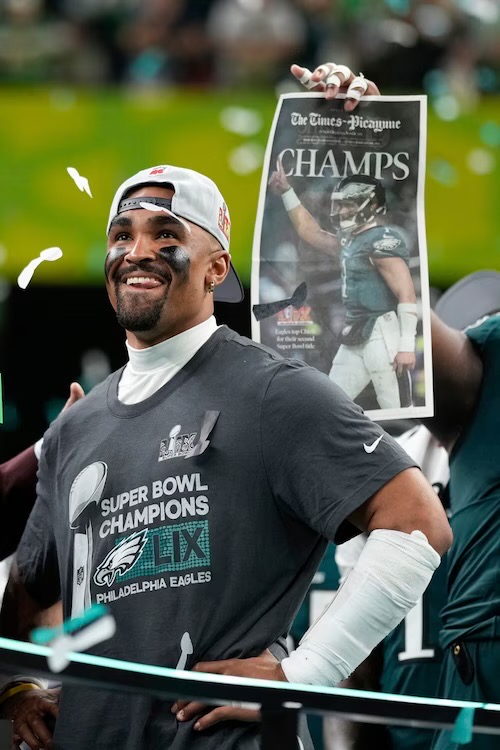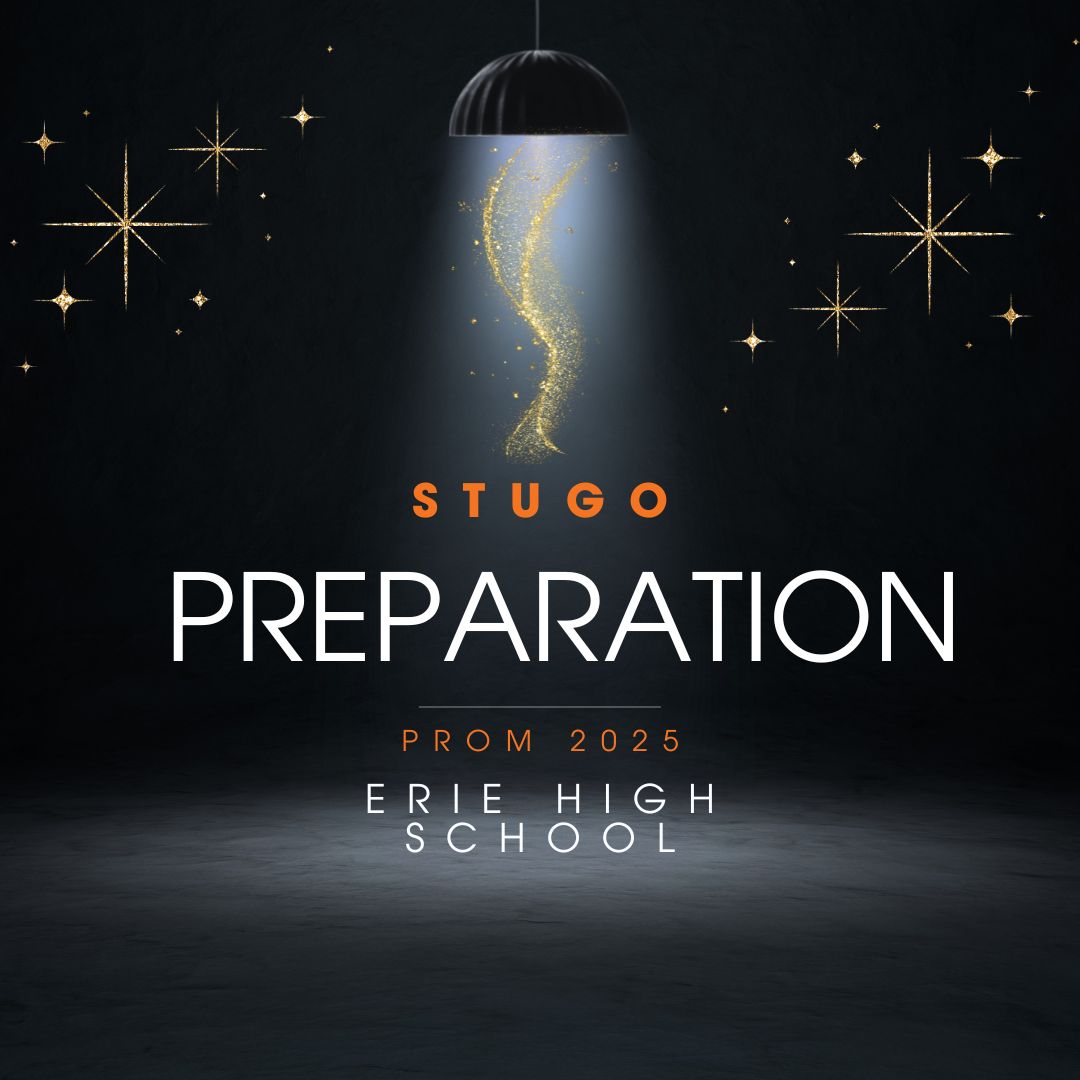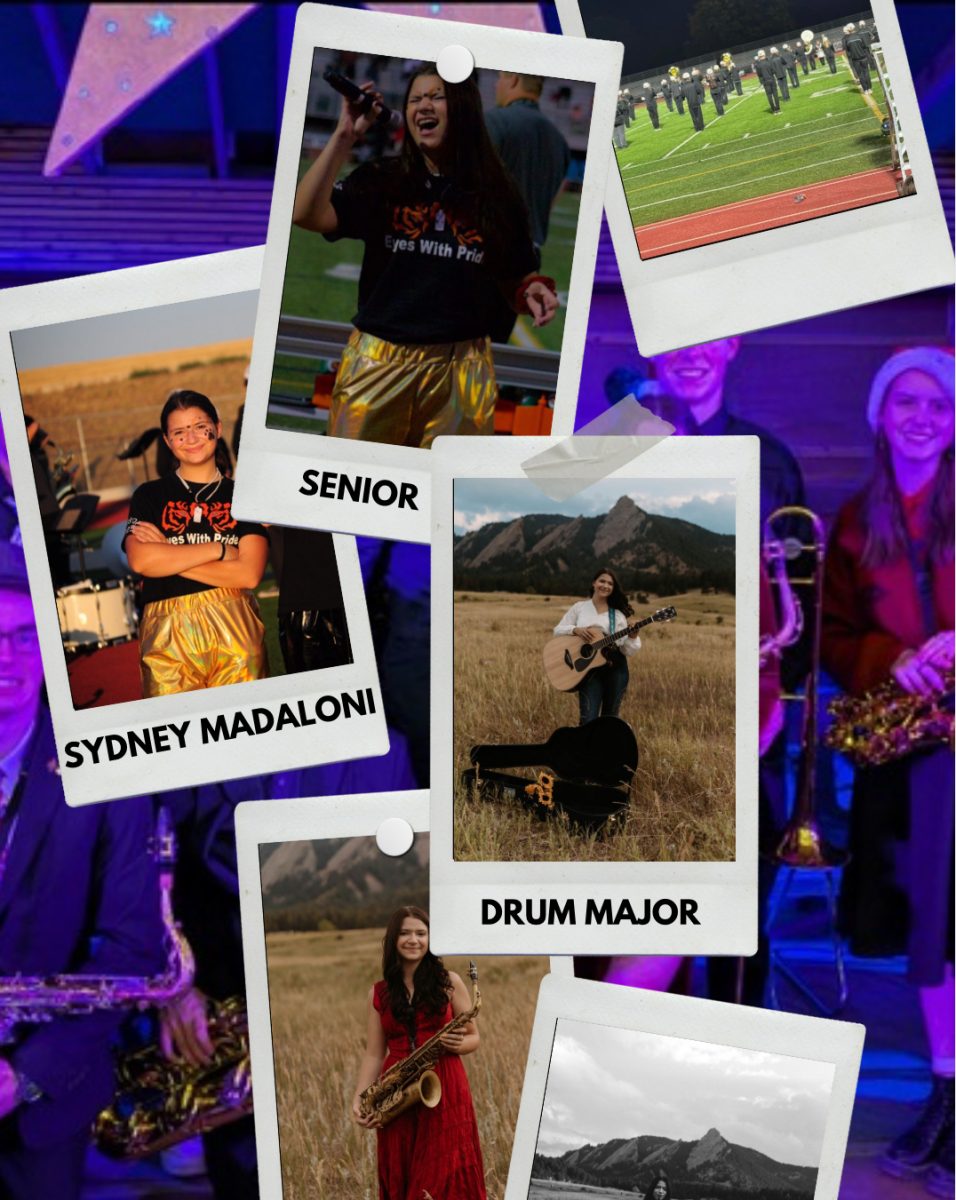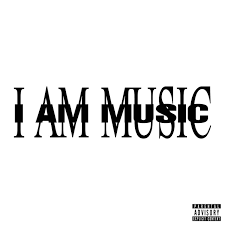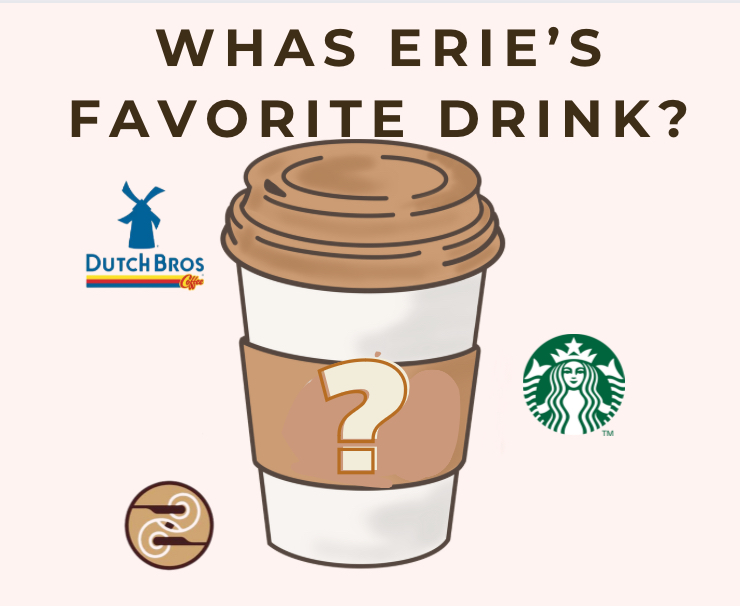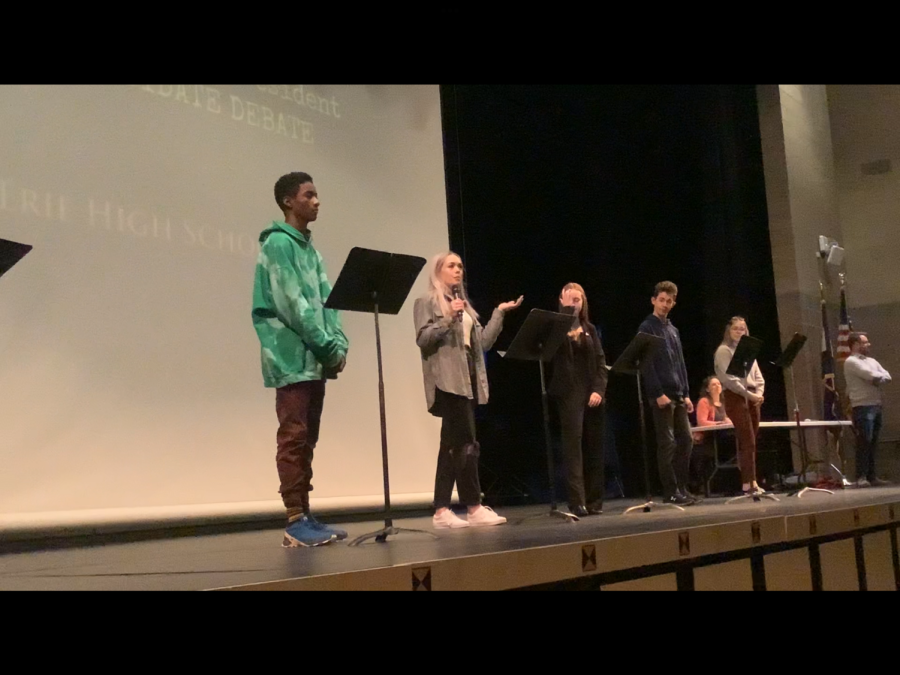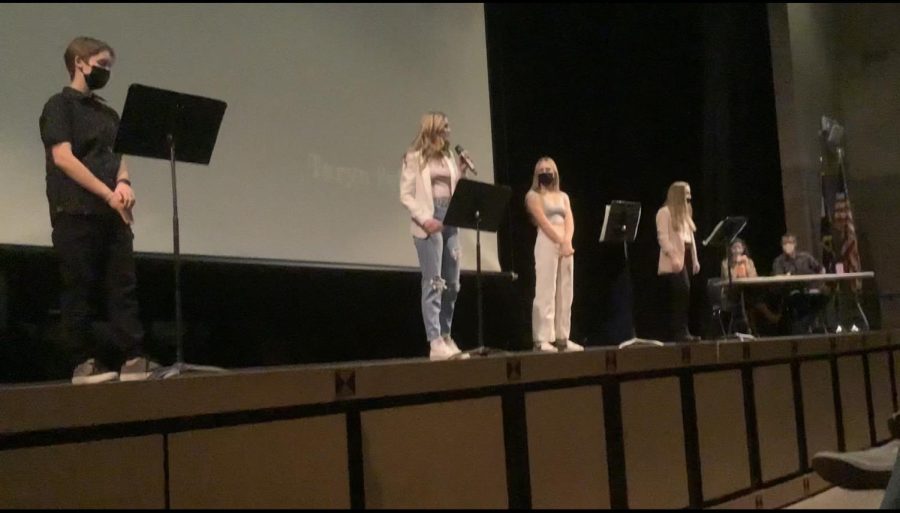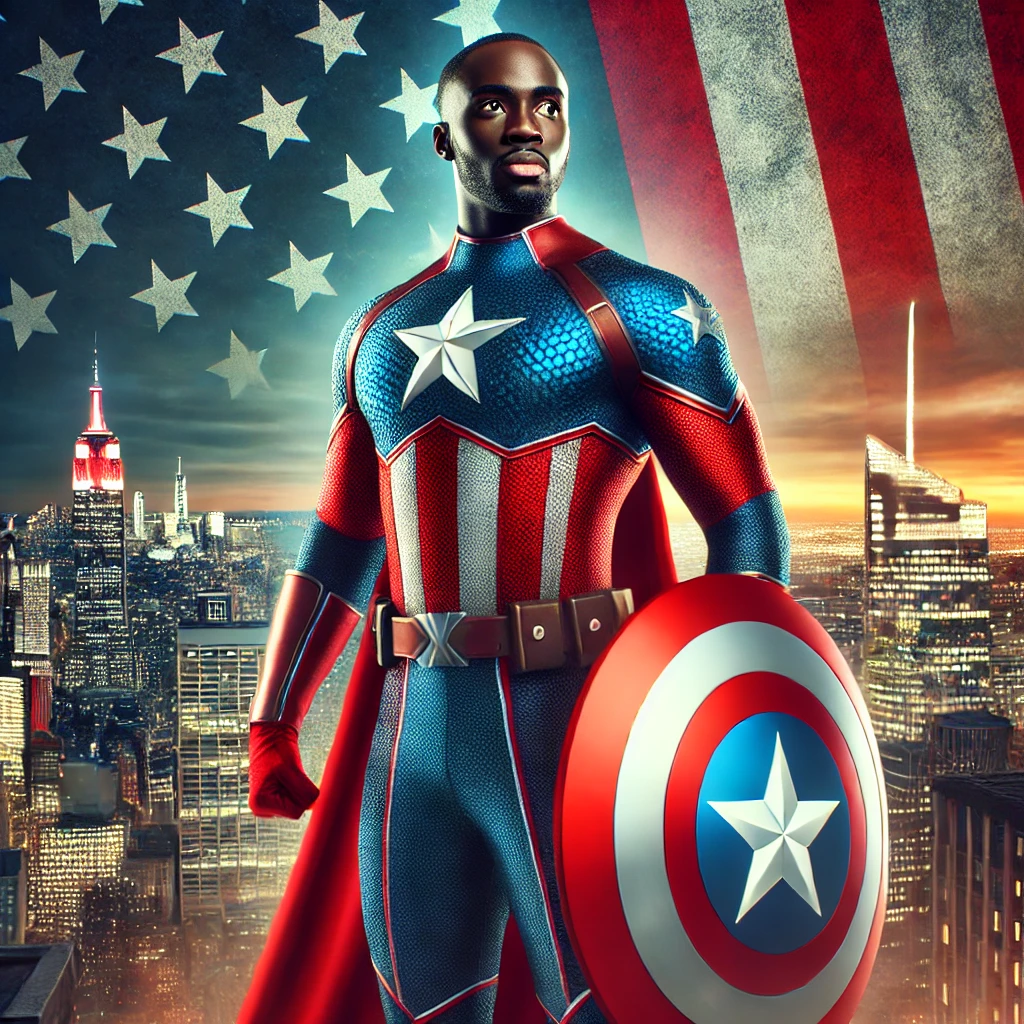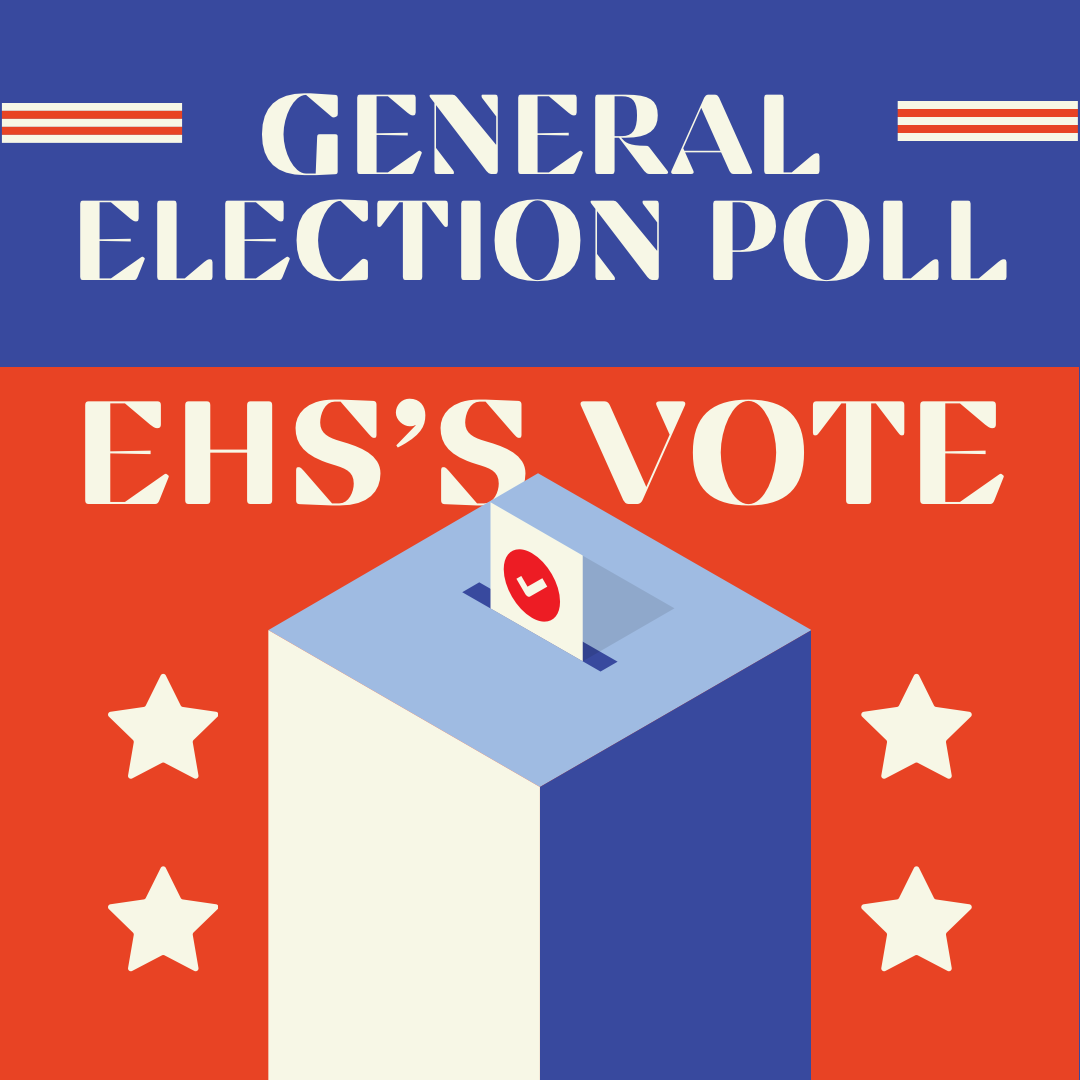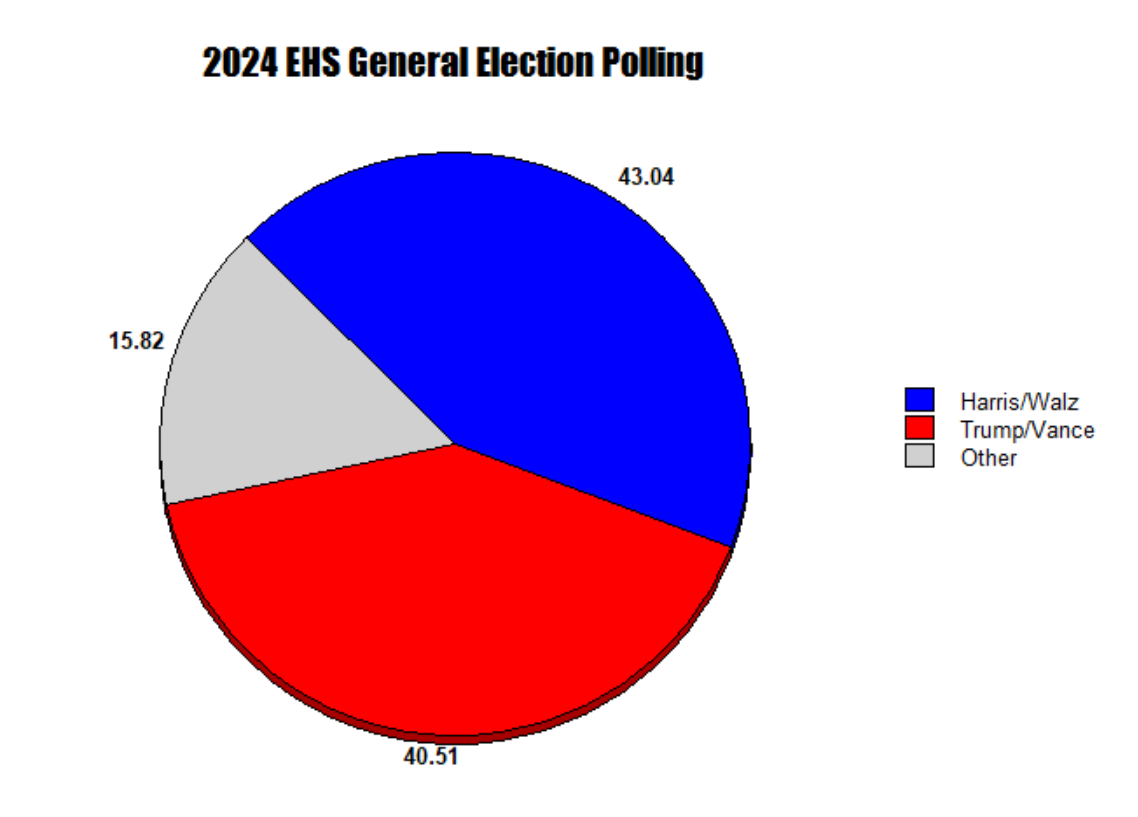Is the general election keeping you on your toes this year? Are you curious as to how this election has reflected onto the youth in America? The Erie Tiger Network journalism branch ran a poll that surveyed 158 students of varying grade levels to identify any key similarities or stark differences between demographics. This poll was done voluntarily and answers were submitted anonymously in order to preserve anonymity and to avoid social influence.
Some key takeaways from this poll were how the national average was reflected upon the Erie students, and how this election season compares to the past two general elections.
In our poll, data suggests that students at Erie High School are more likely to vote for the Democrat’s Harris/Walz campaign (43.04%) in comparison to the GOP’s Trump/Vance campaign (40.51%) by a little less than 3%. With None/3rd party taking a decisive 15.82% of surveyors away from the two main parties. These results are similar to the 2016 electorate results, where third party campaigns also took a large percentage of votes from both parties. The third party candidates being Gary Johnson’s Libertarian campaign and Jill Stein’s Green Party campaign.
Another take away from our poll was how certain demographic groups have skewed or split from their demographics average vote. Our poll shows that in the context of our school and area, 7.69% of Hispanic/Latino students are more inclined to vote for Harris/Walz while 61.54% of Hispanic/Latino surveyors are more inclined to vote for Trump/Vance. This is a stark difference from the national average for that demographic, as Pew Research Center reports that, “A majority of Latino adults (60%) say the Democratic Party represents the interests of people like them somewhat or very well, while about a third (34%) say the same about the Republican Party.”
Another result from the poll that stood out was the large split of white survey respondents between the two main parties. Our poll showed that 46.15% of White respondents would vote Harris/Walz, while 38.46% of White respondents would vote Trump/Vance, with 15.38% voting None/Other. This gap in our poll is a lot larger than the national voting results from past elections of this demographic, including a margin of error. As noted by many political scientists, for the past 72 years, white voters have been split as a bloc, with the majority voting republican. Typically, the gap between democrats and republicans is fairly small and could be disregarded as a real gap between voters, However, our poll reflects differently, suggesting that white voters are more likely to vote Harris/Walz in this election.
Although these results were a result of a 158 people sample size, they still hold a significant impact when determining how the city of Erie Colorado may vote in comparison to the rest of the United States, and how the city will vote in future elections.






